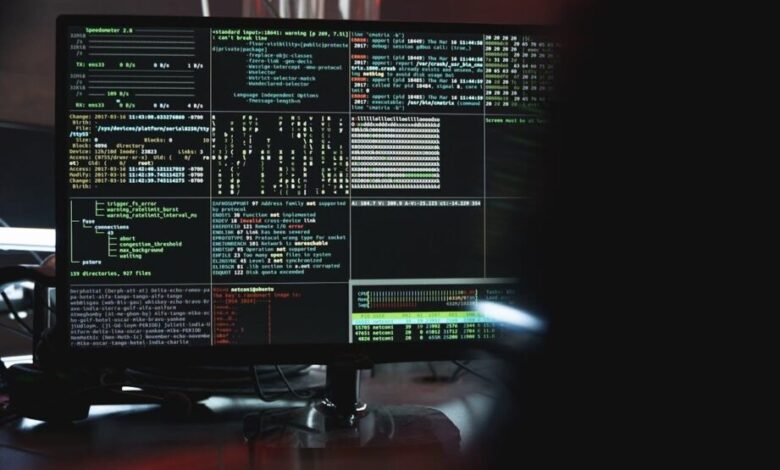Why Software Updates Are Critical for Cybersecurity

Your computer just prompted you to install updates again. Maybe you’re tempted to click “remind me later” for the third time this week. That little notification might seem like an interruption, but it’s actually your first line of defense against cyber threats.
Software updates aren’t just about getting new features or fixing minor bugs. They’re about plugging security holes that hackers love to exploit. Every day you delay an update, you’re essentially leaving your digital front door unlocked.
Software updates represent one of the most effective yet underutilized cybersecurity measures available. The effort required to maintain current systems pales in comparison to the cost of recovering from a preventable cyberattack.
Start treating update notifications as urgent security alerts rather than minor annoyances. Your future will be protected when your systems remain secure while others around you fall victim to preventable attacks.
Why Software Updates Matter
Think of software vulnerabilities like cracks in your home’s foundation. Left unaddressed, they get worse over time and invite unwanted visitors. When developers discover these security flaws, they work quickly to create patches that seal these gaps.
These patches address specific weaknesses that cybercriminals actively target. Without them, your system becomes an easy mark for data theft, ransomware, and other malicious attacks. The moment a vulnerability becomes public knowledge, hackers race to exploit systems that haven’t received the fix.
Streamline the Update Process
Manual tracking becomes nearly impossible when you’re dealing with sprawling applications and operating systems. This complexity often leads to missed updates and security gaps. Professional patch management software automates this entire process, ensuring the proactive and consistent application of security fixes across your network.
IT software providers like ConnectWise offer solutions that monitor, test, and deploy updates systematically, reducing the burden on your IT team while maintaining robust security. Automated systems can schedule updates during off-hours to minimize disruption, test patches before deployment, and provide detailed reporting on patch status across your environment.
The Risks of Neglecting Updates
Outdated software creates a perfect storm for cybercriminals. When security researchers publish details about newly discovered vulnerabilities, they’re essentially providing a roadmap for attackers. Systems running old versions become sitting ducks.
The consequences extend far beyond minor inconvenience. A successful cyberattack can result in stolen customer data, corrupted files, system downtime, and significant financial losses. Small businesses often struggle to recover from these incidents, with many closing within six months of a major breach.
Hackers specifically target organizations they know are slow to update their systems. They maintain databases of known vulnerabilities and scan networks looking for unpatched software. Your delay becomes their opportunity.
Updates and Compliance
Many industries face strict regulatory requirements around cybersecurity. Healthcare organizations must comply with HIPAA, financial institutions follow SOX requirements, and retailers adhere to PCI DSS standards. These regulations often mandate timely installation of security updates.
Failing to maintain current software versions can result in hefty fines and legal complications. Regulatory bodies view outdated systems as negligence, particularly when breaches occur due to known, unpatched vulnerabilities. Keeping your software current demonstrates due diligence and helps maintain stakeholder trust.



